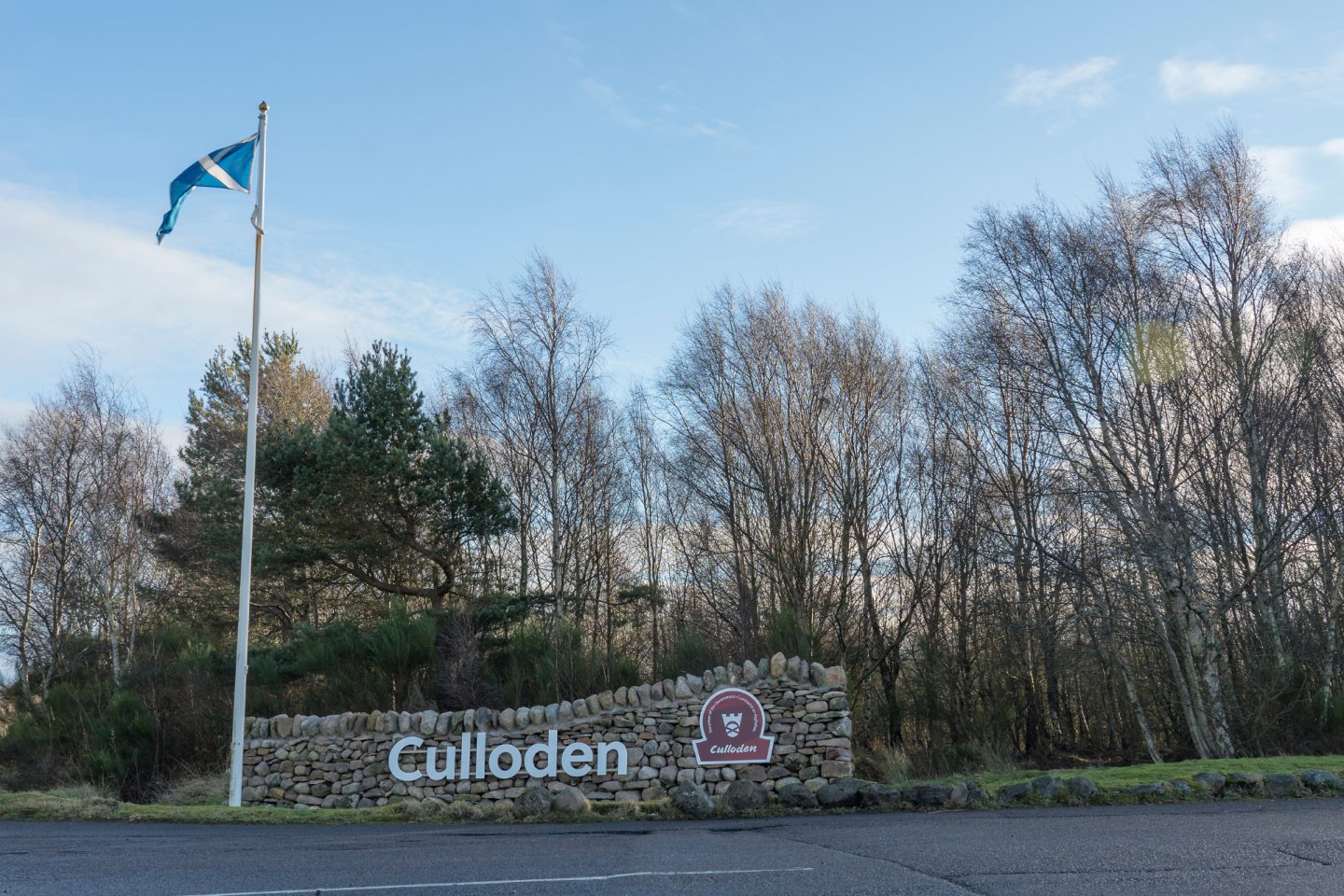As I age, I realise that I am more of a product of my parents than even I thought possible.
Sometimes I will say or do something and suddenly tell myself that one or other – or both – of them was behind it.
Because she grew up in the 1930s, my mother became hooked first on the book then the film adaptation of the classic, Gone with the Wind. In the autumn of her life, I was privileged to take her to Georgia and, after days of driving around in those liberated pre-satnav map and compass times, found what we both believed to be the site of Tara, the plantation where the story was set.
By then, as she had been as a child, I had been bitten by the bug, and fell in love with all things American south, from the music to the food to the history – particularly the history. If I possibly can, I sneak across the pond at the drop of a hat to visit new treats beneath the Mason-Dixon line. As we speak, I am toggling screens between writing this and researching a trip to Virginia in the New Year.
On my last visit, I was blithely nosing back along the freeway to JFK after a sensational few solo days in Nashville, when I nearly drove off the road. There, in the distance, high above the tree line and without any attempt to subdue its colours or size, fluttered a massive Confederate flag. I could not believe my eyes.
Given the disregard for the statement such a drapeau makes, particularly in that part of the world, it stood out – more than literally. As I got closer, I assumed the flagpole was situated to mark the frontline of the men in grey at a museum to a Civil War battle. But, no. It was out and proud, speaking volumes to those who passed by.
Slavery, and all that the south stood for in those Civil War days, is abhorrent. But it should not be airbrushed from history. Quite the reverse, museums exist so that we can learn from events which we would not countenance today, and which we should never repeat. A museum would be the appropriate place for such a fixture, not a hillside which thousands pass each day.
Old High Church could be transformed
So, here’s my tuppence worth about museums to the inappropriate in the Highlands. As a good Inverness boy, albeit an atheist one, I have been saddened to learn that the beautiful Old High Church has to be sold because of dwindling congregation numbers.
Although, admittedly, I have never gone there of my own volition for any spiritual reasons, I have attended weddings and funerals regularly down the decades. It is beautiful inside and out, and enjoys a splendid location, perched above the glorious River Ness.
But its graveyard has a sinister history, and this takes me to my point. There exists a wonderful museum and battlefield experience at Culloden on the outskirts of Inverness, which takes you through the bloody battle and the dramatis personae involved. I have been many times, and always feel the tremendous power and passion of that day.
But what it doesn’t dwell on, and which the Old High could if so transformed, is the aftermath of the battle, and what it meant for Inverness and the wider Highlands.
The churchyard was used by firing squads to execute many Highlanders who survived Culloden, and there are musket ball marks on walls and headstones.
Interestingly, wounded government soldiers were treated in what we know today as Balnain House, just a few yards away across the Ness, and in full view of the Old High. That gruesome fact in itself is, of course, not necessarily worthy of an entire museum, but the location could be the focus for a closer examination of what Jacobite defeat at Culloden meant for the Highlands and its people – the banning of tartan and bagpipes, the destabilisation of the clan system, and the occupation by redcoats.
Even the bad things have to be remembered
Tourism is such a cash cow for Scotland, there is, in my view, a clear opportunity for visitors with money to spend to come to Inverness and enjoy the battlefield experience at Culloden and the aftermath experience at the Old High.
While I don’t think there is anything to be gained by keeping Jimmy Savile’s former house, even a refurbished one, in situ in Glencoe (it too should be remodelled as a museum or visitor centre), there is much mileage in marking something else deeply unsavoury at the Old High.
This is without even scratching at the surface of the whole Outlander experience.
As a proud Highlander, I read John Prebble’s excellent books through my fingers once in a while. And, before I reach the autumn of my own life, I must also read Gone with the Wind, in the firm understanding that even the bad things have to be remembered.
Mike Edwards OBE was the face of the evening news on STV for more than 25 years and is a published author, a charity trustee and a serving Army Reservist



Conversation